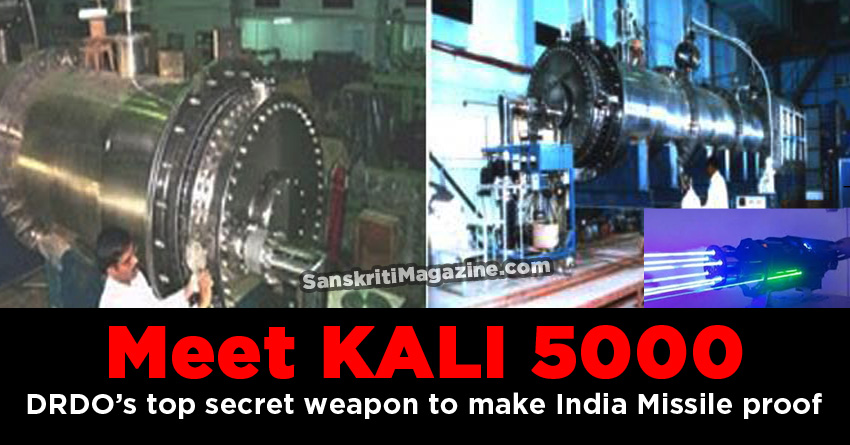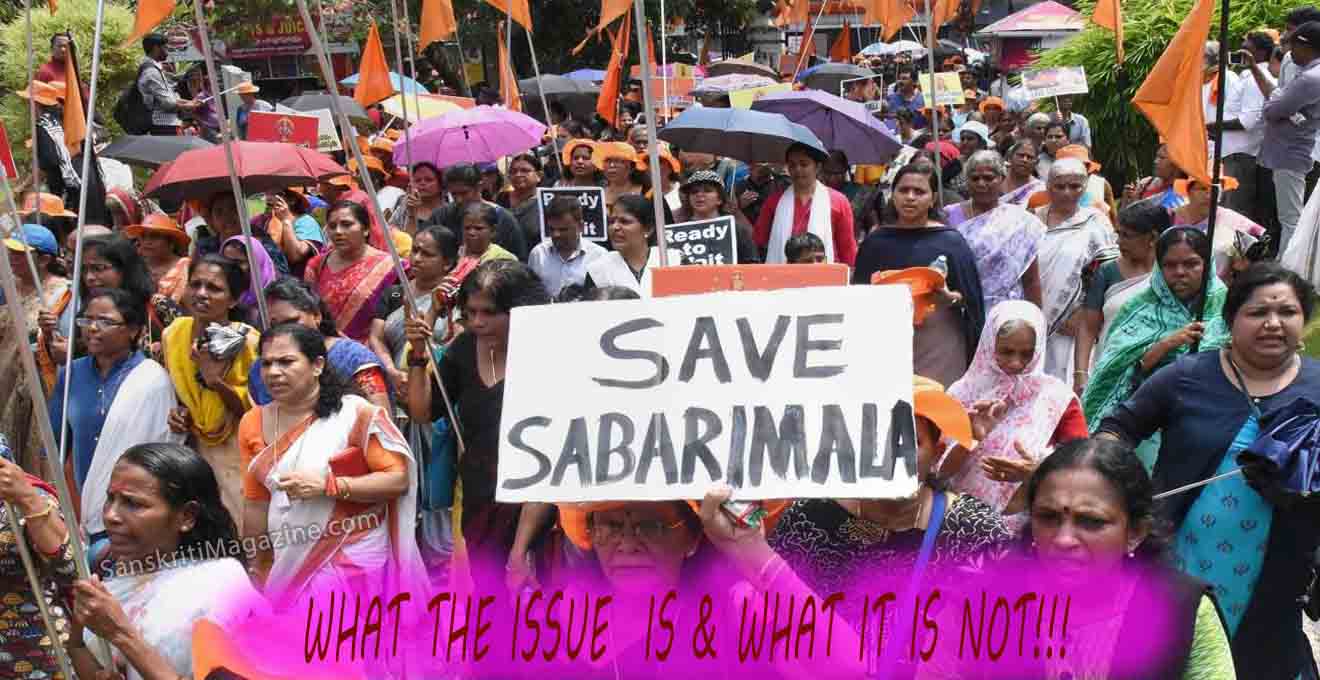KALI-5000 is India’s answer to any uninvited incoming missiles and planes. Moreover, the beam can also be used to cripple the enemy satellite and UAVs in no time.
KALI stands for Kilo Ampere Linear Injector. It is a linear electron accelerator being developed by the Defence Research Development Organization (DRDO) and the Bhabha Atomic Research Centre (BARC).
Earlier the Kali system was developed for industrial applications and that the defence use was a recent spinoff.
The machine essentially generated pulses of highly energetic electrons. Other components in the machine down the line converted the electrons into flash x-rays (for ultra high-speed photography) or microwaves.
The electron beam itself can be used for welding.
The KALI project was first mooted in 1985 by the then Director of the BARC, Dr. R. Chidambaram. Work on the Project began in 1989, being developed by the Accelerators & Pulse Power Division of the BARC.
The project was designed to produce electron pulses of about 100 ns with an energy of about 1 MeV, current 40 kA and a power of 40 GW. This Relativistic Electron Beams (REB) thus generated will be used for the generation of High Power Microwaves (HPM) & Flash X Rays (FXR).
This has fueled hopes that the KALI could, one day be used in a High-Power Microwave gun, which could destroy incoming missiles and aircraft through soft-kill (destroying the electronic circuitry on the missile).
The KALI’s potential for a military role as a beam weapon has made it, in the eyes of China a threat. The KALI-5000 was commissioned for use in late 2004.
However, weaponisation of the KALI will take some time. The system is still under development, and efforts are being made to make it more compact, as well as improve its recharge time, which, at the present, makes it only a single use system.











